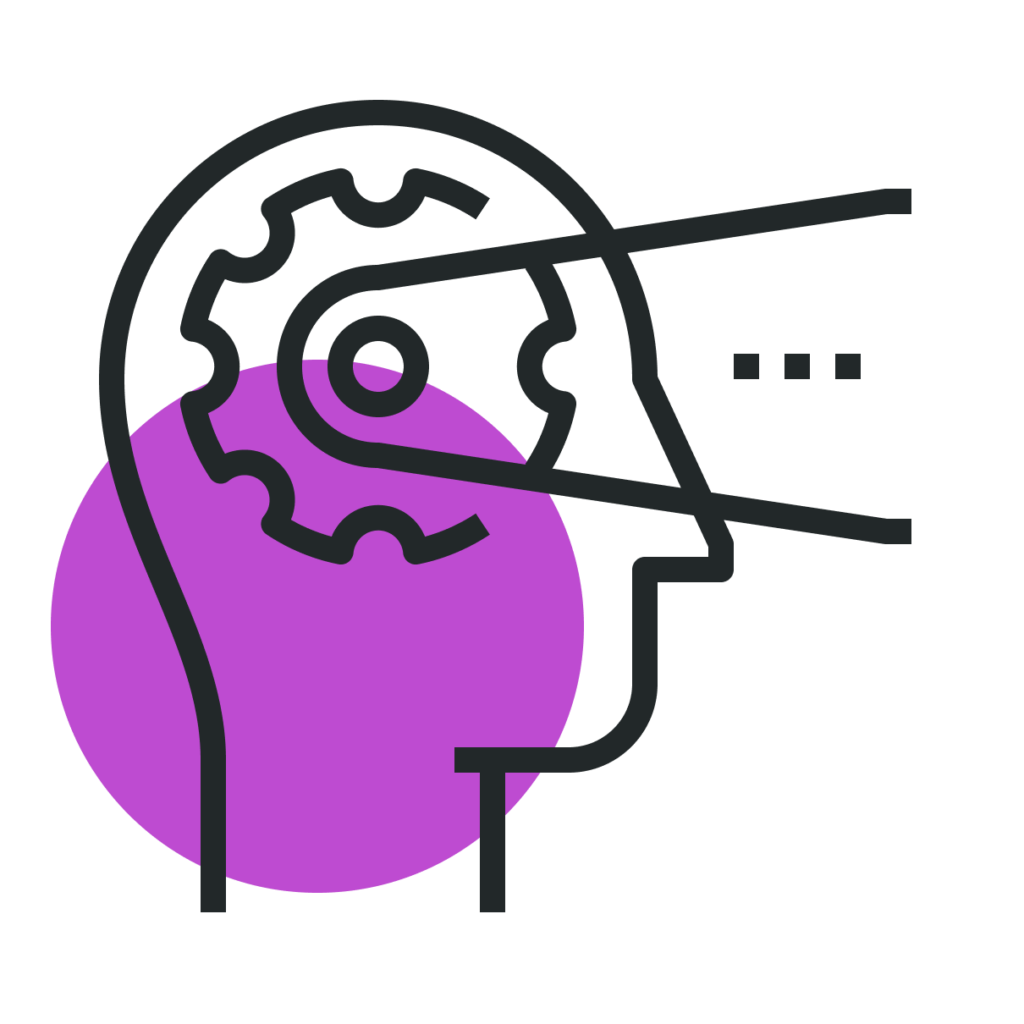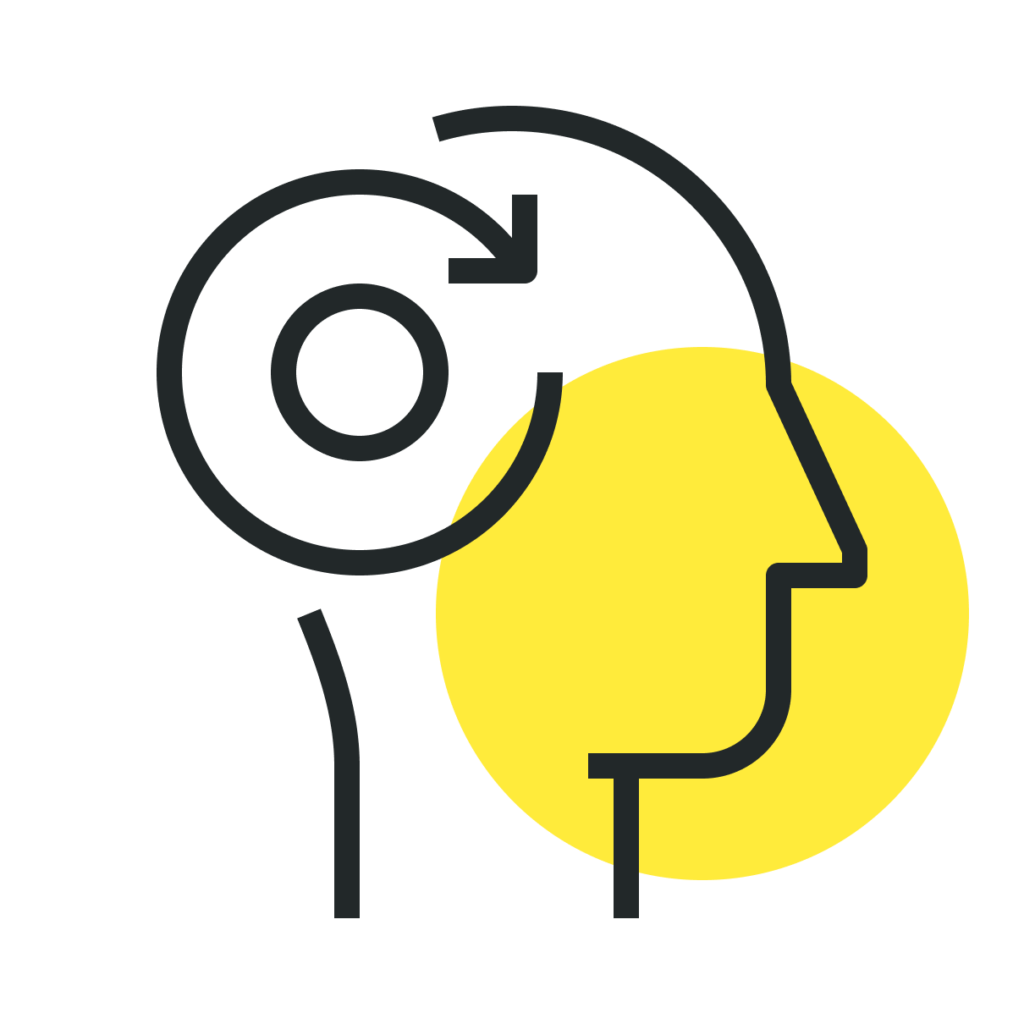Your cart is currently empty!
🎯 Here are some key takeaways:
Monitor team mood
Be mindful of the team's overall mood when scheduling meetings that require reflective thinking or strategic planning.
Train everyone emotional intelligence
Emotional intelligence workshops can equip the team with skills to recognize and manage our emotions more effectively.
Encourage perspective-taking
Consider situations from other’s perspective, especially during times of high stress or pressure. This can foster empathy and understanding.
Monitor workload and stress levels
High stress can exacerbate negative moods, making this bias more pronounced and negatively affect the team.
Encourage team building activities
Regular activities that foster positive experiences can create a kind of reservoir of positive memories for team members to draw from during challenging times.



